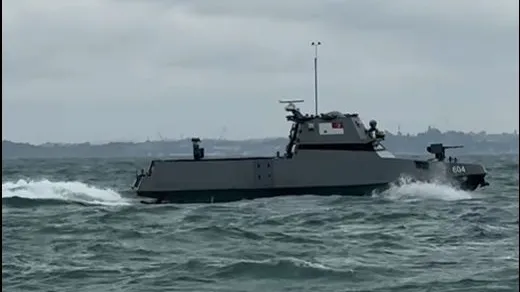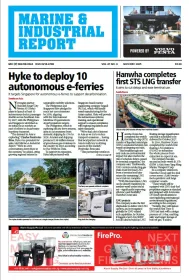
Singapore deploys unmanned surface vessels for maritime security
These conduct patrols alongside manned ships.
The Republic of Singapore Navy has announced that its Maritime Security Unmanned Surface Vessels (MARSEC USVs) have begun operational patrols in January 2025, helping manned ships in ensuring the security of the city-state's waters.
According to the government, the USVs, which can be operated by a two-man crew, were developed with the Defence Science & Technology Agency and Defence Science Organisation National Laboratories. These are 16.9 metres long and have a speed in excess of 25 knots.
The vessels conduct patrols and can also investigate and interdict suspicious vessels, allowing Littoral Mission Vessels to focus on more complex missions.
These also use technologies, such as the Collision Detection and Collision Avoidance (CDCA) algorithm, that enable autonomous operations in congested maritime environments. The said system integrates the USV’s perception and navigation sensors, as well as collision detection equipment used for maritime navigation with an algorithm designed for the Navy’s operations.
“This rules-based system automates the collision avoidance decision-making process while ensuring that the USVs exhibit avoidance behaviour that complies with the Convention on the International Regulations for Preventing Collisions at Sea,” authorities said.
The CDCA algorithm was tested in trials and completed over 12 million kilometres of simulated distance with zero collisions, equivalent to 26 years of real-world testing. The USVs have also clocked over 1000 hours of real-world autonomous operations, with zero need for human intervention.













